
Have you made a salad lately? Most likely, you pulled a container of week-old greens from your refrigerator, added a few more vegetables, some dressing, and perhaps nuts or cheese. A salad can be a healthy, well-balanced, and delicious meal. But many people say they feel bored with salads, that it’s difficult to keep greens fresh for more than a few days, that the taste is bland, or that they worry about pesticide residue. All of these issues are valid concerns, and all of them can be addressed in one simple way: Grow your own lettuce in your backyard garden!
When you purchase lettuce at the grocery store, it was probably harvested days or even a week ago. Since then, it has been refrigerated, transported on a truck, and stored on a brightly-lit grocery store shelf. Your lettuce has lost flavor, the nutrients have begun to break down, and it won’t last long after you bring it home. Healthy eating might be a top priority for you, but it can be a difficult goal to accomplish when you rely upon store-bought veggies.
Imagine walking into your backyard garden instead, and selecting your lettuce straight from the ground (or, even better, a raised garden box). You have control over pesticide use, the lettuce is still warm and tasty when you bring it inside, and best of all… it’s so fresh and nutritious!
Lettuce is quite easy to grow, and some varieties even make a decorative addition to flower beds. Just follow these simple steps:
• Enrich your soil with organic fertilizer, and break up clumps with a rake
• Sow seeds directly into the ground, about half an inch deep, or transplant small plants
• Space your plants according to the type of lettuce you’re growing: 7 to 15 inches apart for larger lettuces, or packed closely together for smaller varieties
• Sow new seeds (or plants) every week or two, to ensure a steady supply of fresh lettuce throughout the growing season
• Water regularly (of course), keeping the soil damp (but not soaked)
Unlike many other vegetable crops, lettuce is quite hardy in cool weather. In fact, seeds germinate poorly in very hot weather, and your plants are more likely to “bolt” in the summer (shoot upwards and focus energy on seed production rather than producing the foliage you want to eat). For these reasons, lettuce is better grown in cool weather. So come on out to our nursery, and check out the different varieties of lettuce we carry. We’ll be happy to assist you in selecting the plants that are right for your garden project.

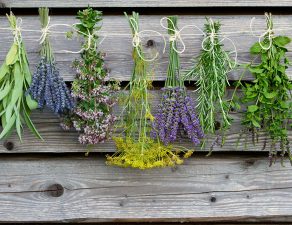
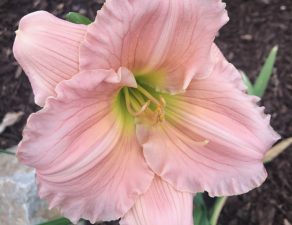

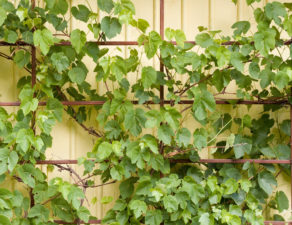
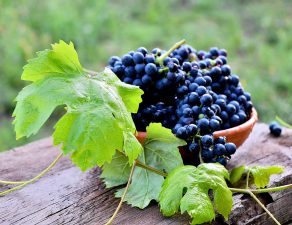
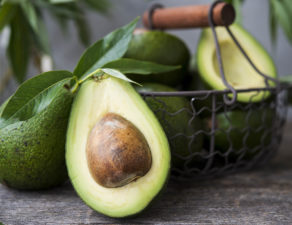


Write a comment: